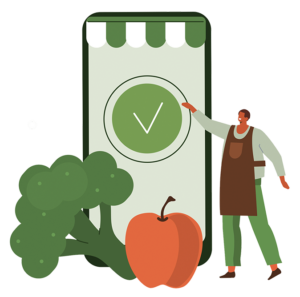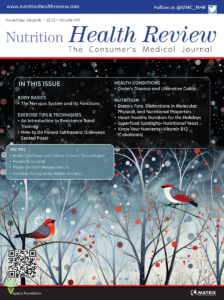
A cost-effective but healthy weekly grocery shopping list can vary depending on your preferences, dietary needs, availability of item, and where you live. However, here are some general tips and examples to help you shop for healthy groceries while tight on cash.
- Choose seasonal and local produce when possible. They are usually cheaper and fresher than imported or out-of-season fruits and vegetables. For example, in the summer, you can buy berries, watermelon, tomatoes, peaches, and plums. In the winter, you can opt for parsnip, carrots, leeks, pumpkin, and winter squash.
- Buy in bulk when it makes sense. Some items, such as grains, beans, nuts, seeds, and spices, can be stored for long periods of time and thus are cheaper when bought in large quantities. You can store them in airtight containers and use them as needed.
- Compare prices and look for sales and coupons. You can save money by shopping around and comparing prices at different stores or online platforms. You can also look for sales and discounts on items that you frequently use or want to try. For example, you can use the Bing app to find grocery coupons near you or online.
- Plan your meals ahead and make a list. This can help you avoid impulse buying and food waste. You can plan your meals based on what you already have in your pantry or fridge, what is on sale or in season, and what you enjoy eating. You can also make a list of the ingredients you need and stick to it when you go shopping.
- Cook at home and use leftovers creatively. Cooking at home can help you save money and control the quality and quantity of your food. You can also use leftovers to make new dishes or freeze them for later use. For example, you can use a cooked rotisserie chicken to make chicken salad sandwiches, chicken soup, chicken tacos, or chicken pot pie.
- Choose healthy but cheap protein sources. Protein is essential for your health, but it can also be expensive. You can save money by choosing protein sources that are low in fat and high in nutrients, such as eggs, beans, tofu, canned fish, and lean meats. For example, eggs are a versatile and inexpensive source of protein that you can use for breakfast, lunch, or dinner.
- Avoid processed and packaged foods as much as possible. Processed and packaged foods are usually high in sodium, sugar, fat, additives, and preservatives. They are also more expensive than whole foods that you can prepare yourself. For example, a block of cheese is cheaper than pre-shredded cheese, and canned beans are less expensive than refried beans. You can also make your own snacks, such as granola bars, popcorn, or trail mix.
Example Grocery List
Here is an example of a cost-effective but healthy weekly grocery shopping list based on these tips (prices are just an estimate, and will vary region to region/ community to community:
- Fresh fruit: apples (5lb bag, $8), bananas (4 for $2) , oranges (4 for $4)
- Fresh vegetables: broccoli (small head $2), carrots small bag, $2), celery (bunch, $2), garlic ($1), onions (3lb bag, $4), spinach (small bag, $4), sweet potatoes (2 large potatoes, $4)
- Whole grains: brown rice (small bag, $3), oats ($3), whole wheat bread ($4)
- Protein: eggs (1 dozen, large, $3), tofu (1 package, $3), canned tuna (2 cans, $4), ground turkey (1lb, $7), chicken breast (2lb boneless, $7)
- Dairy: low-fat milk (half gallon, $3), low-fat yogurt (4 individual servings, $4), cheddar cheese (8oz, $2)
- Nuts and seeds: almonds (3oz, $5), sunflower seeds (8oz, $3)
- Spices and condiments: salt ($3), pepper ($2), olive oil ($8), vinegar ($2), mustard ($2), honey ($5)
- Total: $106.00





